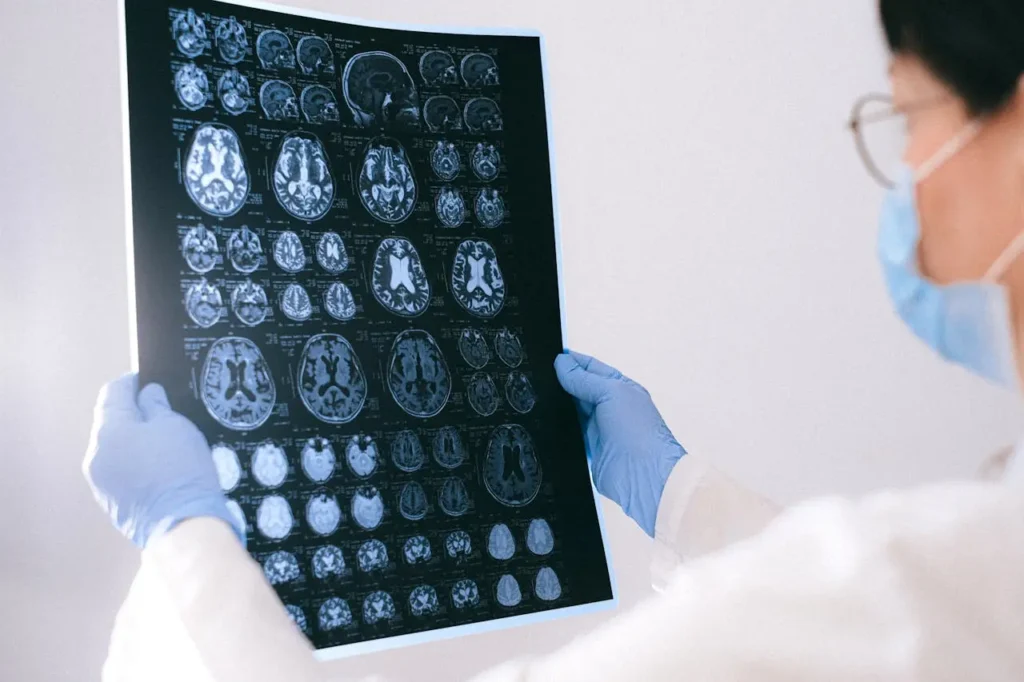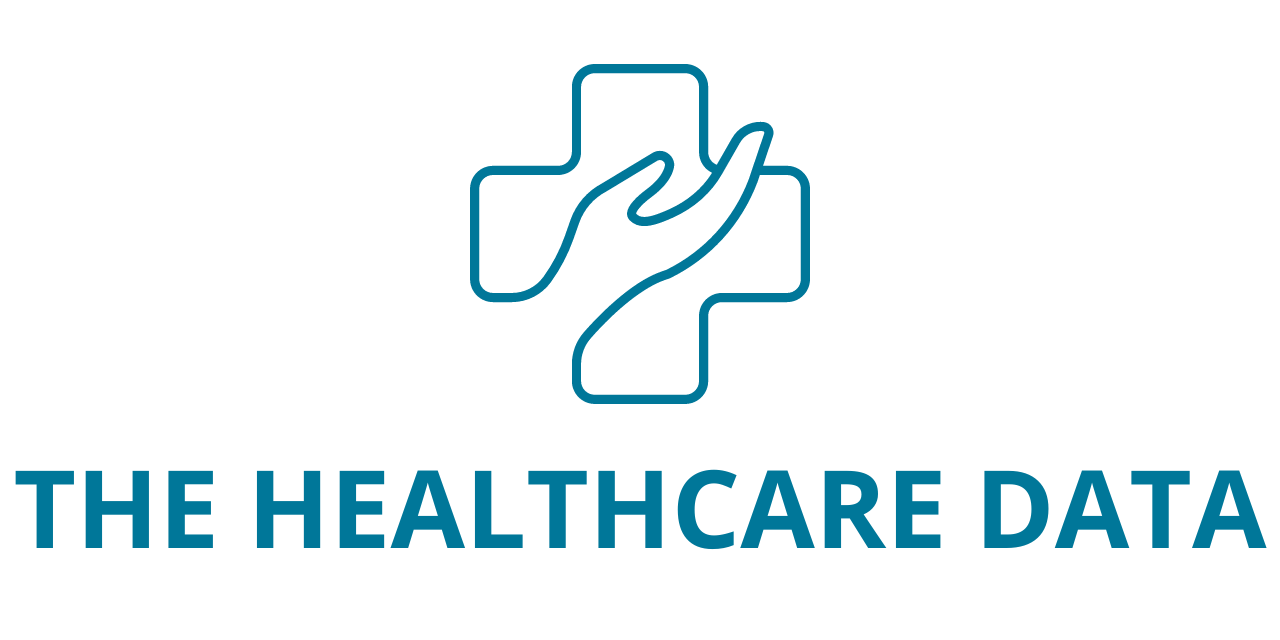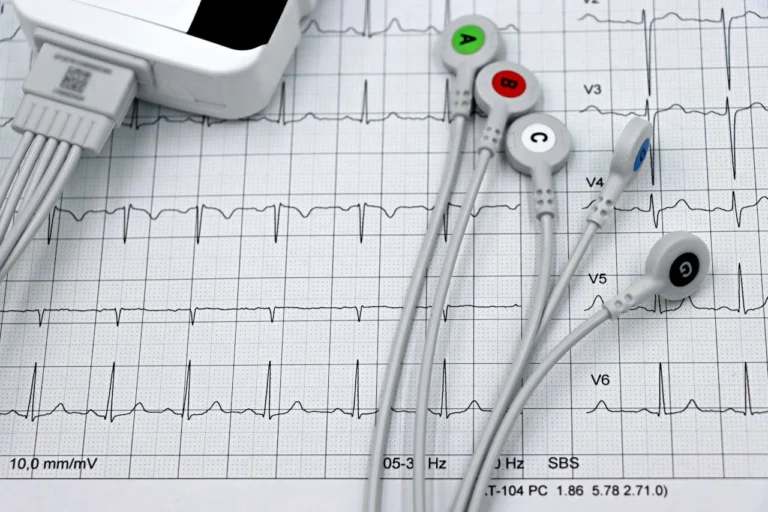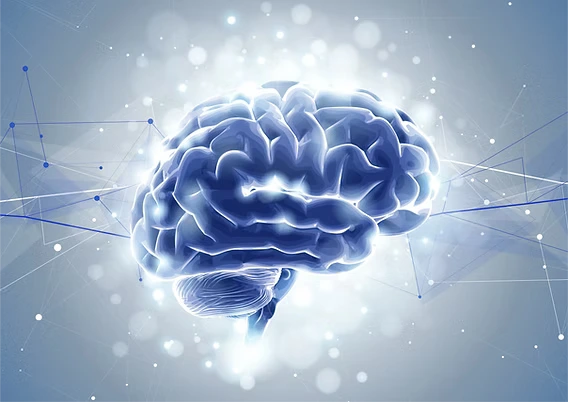Sinaptica Launches Co-Development of SinaptiStim® for Alzheimer’s, Pivotal Trial Set for 2025
Sinaptica Therapeutics, Inc., a clinical-stage company at the forefront of developing personalized neuromodulation treatments for Alzheimer’s and other neurodegenerative diseases, has announced the initiation of co-development for the SinaptiStim® Neuromodulation System. The first clinical system is scheduled for delivery in March, where it will undergo validation testing ahead of its use in upcoming clinical trials. In collaboration with partner Nexstim (NXTMH:HEX), the system is being customized to meet Sinaptica’s specifications. It will incorporate high-resolution 64-channel electroencephalography (EEG) from Bittium (BITTI:HEX), a leader in EEG technology, to ensure precise calibration of therapy for each individual Alzheimer’s patient. The system will play a key role in Sinaptica’s clinical trials, which are set to begin in 2025.
Sinaptica Therapeutics has developed an innovative non-invasive neuromodulation therapy (nDMN) aimed at treating Alzheimer’s disease by targeting the Default Mode Network (DMN), a critical brain network severely impacted by Alzheimer’s. This advanced neuromodulation therapy uses personalized precision repetitive transcranial magnetic stimulation (rTMS) to engage the DMN, offering a promising new approach to treating the disease. Unlike traditional therapies, Sinaptica’s solution incorporates a patient’s MRI and concurrent electroencephalogram (EEG) data to determine personalized treatment parameters, ensuring that the therapy precisely targets the DMN. This results in more effective engagement of the correct brain network at a safe yet effective dosage tailored to each individual.

The company recently presented highly promising Phase 2 data at the Clinical Trials on Alzheimer’s Disease (CTAD) conference in October 2024.
The data showed statistically significant results in slowing the progression of Alzheimer’s disease in mild-to-moderate patients. The therapy showed positive outcomes across key gold-standard measures in all three critical domains: cognition, function, and behavioral disturbances. Key measures included the Clinical Dementia Rating Scale-Sum of Boxes (CDR-SB), Alzheimer’s Disease Assessment Scale-Cognitive 11 (ADAS-COG11), Mini-Mental State Examination (MMSE), Alzheimer’s Disease Cooperative Study Activities of Daily Living (ADCS-ADL), and Neuropsychiatric Inventory (NPI). Importantly, these results were achieved without serious side effects, and none of the patients dropped out of the study due to an inability to tolerate the treatment. The therapy is painless and non-invasive, with weekly treatments, making it a feasible option for patients with Alzheimer’s disease.
Alzheimer’s disease affects approximately 6.6 million individuals aged 65 and older in the United States, with limited treatment options currently available. Sinaptica’s therapy aims to fill this significant gap in the treatment landscape by offering a personalized approach to care that focuses on the brain’s connectivity and neuroplasticity, which are crucial in slowing the progression of Alzheimer’s.
Ken Mariash, CEO of Sinaptica, emphasized the significance of the delivery of the first investigational SinaptiStim system, marking a major milestone in the company’s mission to transform the treatment of Alzheimer’s disease. He highlighted the advanced nature of the SinaptiStim system, which integrates several cutting-edge technologies. These include Nexstim’s workflow-driven neuronavigation system, Bittium’s high-resolution EEG technology, and Sinaptica’s patented MAINTAIN™ cloud-based personalization software. This integration allows for precise confirmation of the propagation of evoked potentials within the brain’s memory-driving networks, promoting neuroplasticity across the brain network and ultimately slowing disease progression.
Sinaptica’s therapeutic approach represents a leap forward in personalized medicine at the connectome level, targeting the intricate neural networks responsible for cognitive functions. This precision-based approach ensures that the treatment is customized for each individual, maximizing the potential for clinical success.
Mikko Karvinen, CEO of Nexstim, the partner providing critical technology for Sinaptica’s system, praised the successful Phase 2 study results. He expressed excitement for the ongoing collaboration with Sinaptica, noting that the innovative system developed for Alzheimer’s disease has the potential to have a major impact on a field with one of the largest unmet needs in healthcare. Nexstim has been instrumental in customizing its navigated transcranial magnetic stimulation (nTMS) system for this novel Alzheimer’s treatment, leveraging its 3D navigation technology to provide precise targeting of the brain areas involved in memory.
Nexstim is a globally operating Finnish medical technology company known for its advanced brain stimulation technology. The company’s navigated TMS (nTMS) systems are highly sophisticated and offer accurate, personalized targeting of the brain for both diagnostics and therapy. In addition to supporting Sinaptica’s Alzheimer’s program, Nexstim’s diagnostic business focuses on the commercialization of the Navigated Brain Stimulation (NBS) system, which is the only FDA-cleared and CE-marked system for pre-surgical mapping of the speech and motor cortices. The company’s Therapy Business also markets the NBS System 6, which is FDA-cleared for treating major depressive disorder (MDD) in the U.S., with CE-marked approval for MDD and chronic neuropathic pain treatment in Europe.
Sinaptica’s work in Alzheimer’s disease is paving the way for a new class of treatments that use precision neuromodulation to target the brain’s connectivity and neural networks. With an innovative approach to treatment personalization and the successful results from their Phase 2 trial, Sinaptica is positioning itself at the forefront of Alzheimer’s disease research and therapeutic development. The continued collaboration with Nexstim and the integration of cutting-edge technologies, such as high-resolution EEG and personalized neuronavigation, are expected to further advance the field of neuromodulation, offering new hope for Alzheimer’s patients worldwide.





